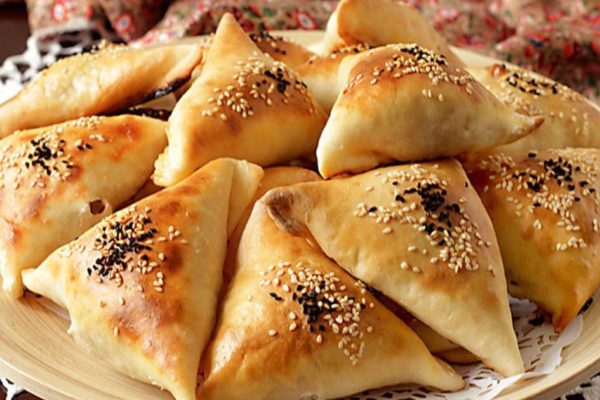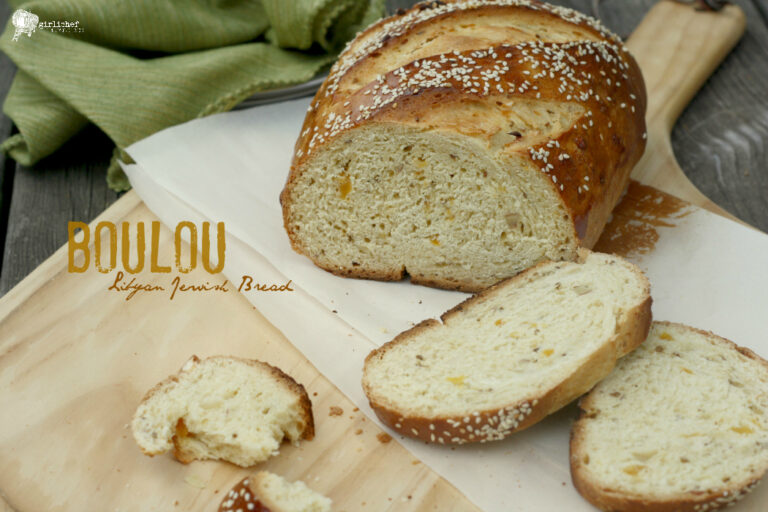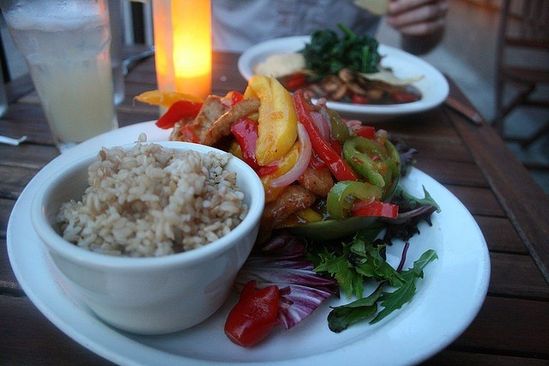Introduction: Kyrgyz Cuisine
Kyrgyz cuisine is an integral part of the country’s rich cultural heritage. As a landlocked nation, Kyrgyzstan has been influenced by its surrounding neighbors such as China, Kazakhstan, and Uzbekistan. However, it has also developed its own unique cuisine, heavily reliant on livestock and dairy products due to the country’s nomadic history.
Bread in Kyrgyz Cuisine
Bread is a staple in Kyrgyz cuisine, commonly consumed for breakfast, lunch, and dinner. It is usually served alongside meat dishes and is used to soak up sauces and broths. Kyrgyz bread is typically made from wheat flour, water, yeast, and salt, and is often baked in a tandoor oven.
Traditional Kyrgyz Bread: Boorsok
The most popular and traditional bread in Kyrgyz cuisine is boorsok. These small, deep-fried dough breads are crispy on the outside and soft on the inside. They are usually served with creamy butter or jam and are a favorite snack for locals. Boorsok is also an essential part of many Kyrgyz celebrations, such as weddings and religious ceremonies.
More Kyrgyz Breads: Komoch-Nan and Kattama
Komoch-nan and kattama are two other types of bread commonly found in Kyrgyzstan. Komoch-nan is a flatbread that is usually prepared with yogurt and flour and is cooked on a griddle. Kattama is a layered bread, similar to a paratha, that is cooked on a hotplate and is often stuffed with meat or vegetables.
Pastries in Kyrgyz Cuisine: Samsa
Samsa is a popular pastry in Kyrgyz cuisine. It is a triangular-shaped pastry that is filled with minced meat, onions, and spices. Samsa can be found in bakeries and street food stalls throughout the country. It is a favorite breakfast food and is often served with tea.
Conclusion: Bread and Pastries in Kyrgyz Culture
Bread and pastries play an important role in Kyrgyz culture and cuisine. They are a staple of everyday life and are also an essential part of celebrations and gatherings. Whether it’s enjoying a plate of boorsok with friends or grabbing a samsa on the go, these traditional foods are a representation of the country’s rich history and diverse cultural influences.










